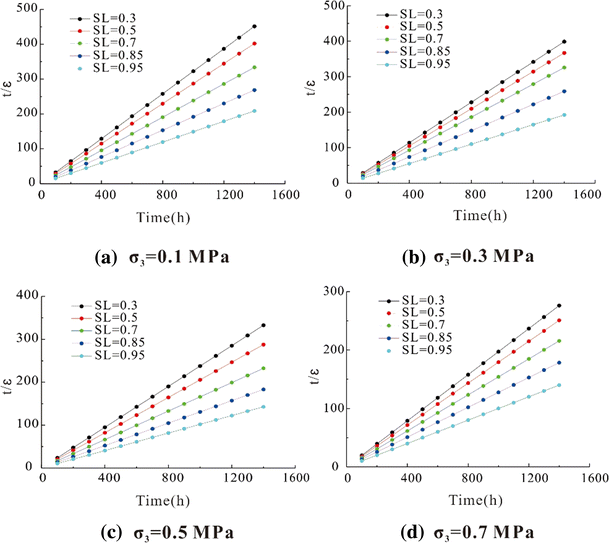

The high diatom content compared to other deposits may be explained by the high friction angle, void ratio, and compressibility coefficient. This characteristic is associated with the environment having a low depositional rate (1 m per 3440 years). SEM images from samples taken at a 20 m depth reflected an open, flocculated soil structure with a considerable amount of diatom frustules of multiple species, sizes, and types of mineralogy. More than 60% of the city is built on lacustrine deposits that are soft and highly plastic. This phenomenon was previously associated with secondary consolidation processes. Nevertheless, after this period, they began to present excessive differential settlements that exceeded the permissible limits (5 cm isolated footing and 10 cm raft and mat foundations). In Bogota (Colombia), there have been cases of buildings in service for 30 to 50 years with optimum performance throughout. Diatomaceous soils in a saturated-unconsolidated condition have poorly understood properties. The study concluded that significant long-term secondary consolidation had probably been initiated in the deeper diatom soils. This discovery was contrary to what was reported in the geological maps of the area. A new exploration sequence complemented with scanning electron microscopy (SEM) was carried out, finding a significant amount of diatoms (50–80%) in an excellent state of preservation. However, further monitoring five weeks later proved to be quite unusual, to such an extent that it led to the suspension of the work. In 2017, measurements of the settlements taken during the winter months were consistent with those projected in the designs. This was due to the strain and crushing of skeletal particles, resulting from the imposition of new loads. DSs can have high shear strengths and large yield surfaces due to the “interlocking” phenomenon and the interparticle contacts’ high frictional component caused by their rough surface and high silica content.Īn example of this is the secondary consolidation of diatom lacustrine materials from the “La Pine, Deschutes” Basin, where significant settlements were triggered after the installation of the foundation embankment as part of the project called “US 97 Wickiup Junction” (OR, USA), which was intended to eliminate a railroad crossing. The intraparticle pores of the frustules explain the high liquid limit (LL) of DSs. The Gs decreases with increasing frustule content, given the high porosity of the skeletons. Currently, their strain mechanisms need to be better understood.

Microfossils take up stresses, restrict strains, and cause sudden increases in compressibility when their yield stress is exceeded. Particles are modified by the imposition of stresses (frustule breakage), which impacts compressibility. It is concluded that the particle size distribution of DSs generally classifies them as silts. This review analyzes multiple sets of results regarding the grain size distribution, specific gravity, consistency, plasticity, compressibility, and shear strength of DSs. This document references construction processes that face problems such as differential settlements, pile rebounds, and irregular pore pressures due to frustules. Definitions of substances such as diatoms, diatomaceous soils, diatomaceous earth, diatomaceous oozes, frustules, and diatomite need to be clarified. The stability of these deposits is still being determined. There needs to be more knowledge about the strength and compressibility of DSs. In civil works (design and construction), the uncommon values obtained from DSs are not completely understood. Diatomaceous soils (DSs) originate from frustule sedimentation.

Diatoms are microscopic algae with a skeleton called a frustule, formed chiefly of silica, and are found in almost all aquatic environments and climatic conditions.


 0 kommentar(er)
0 kommentar(er)
